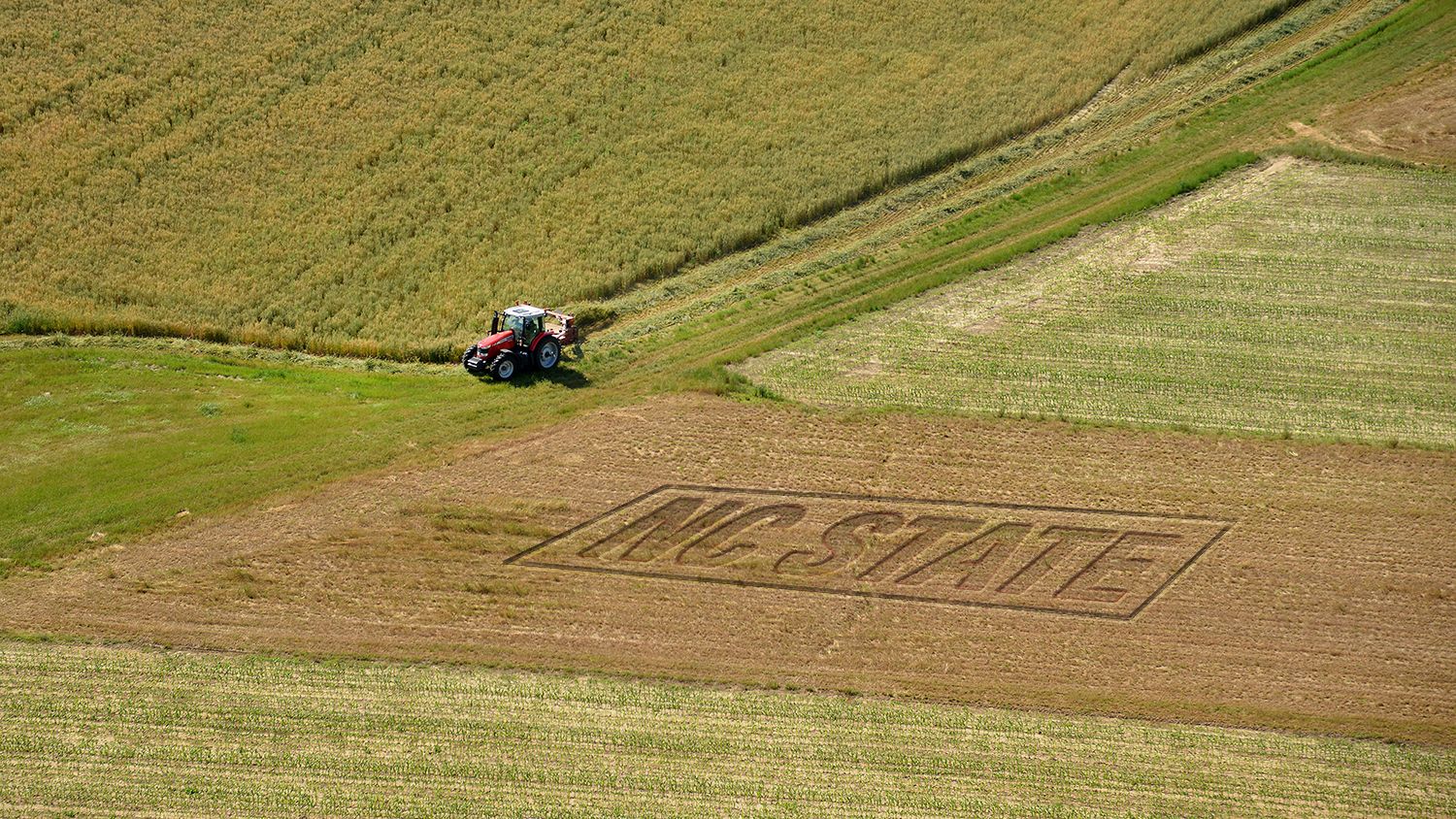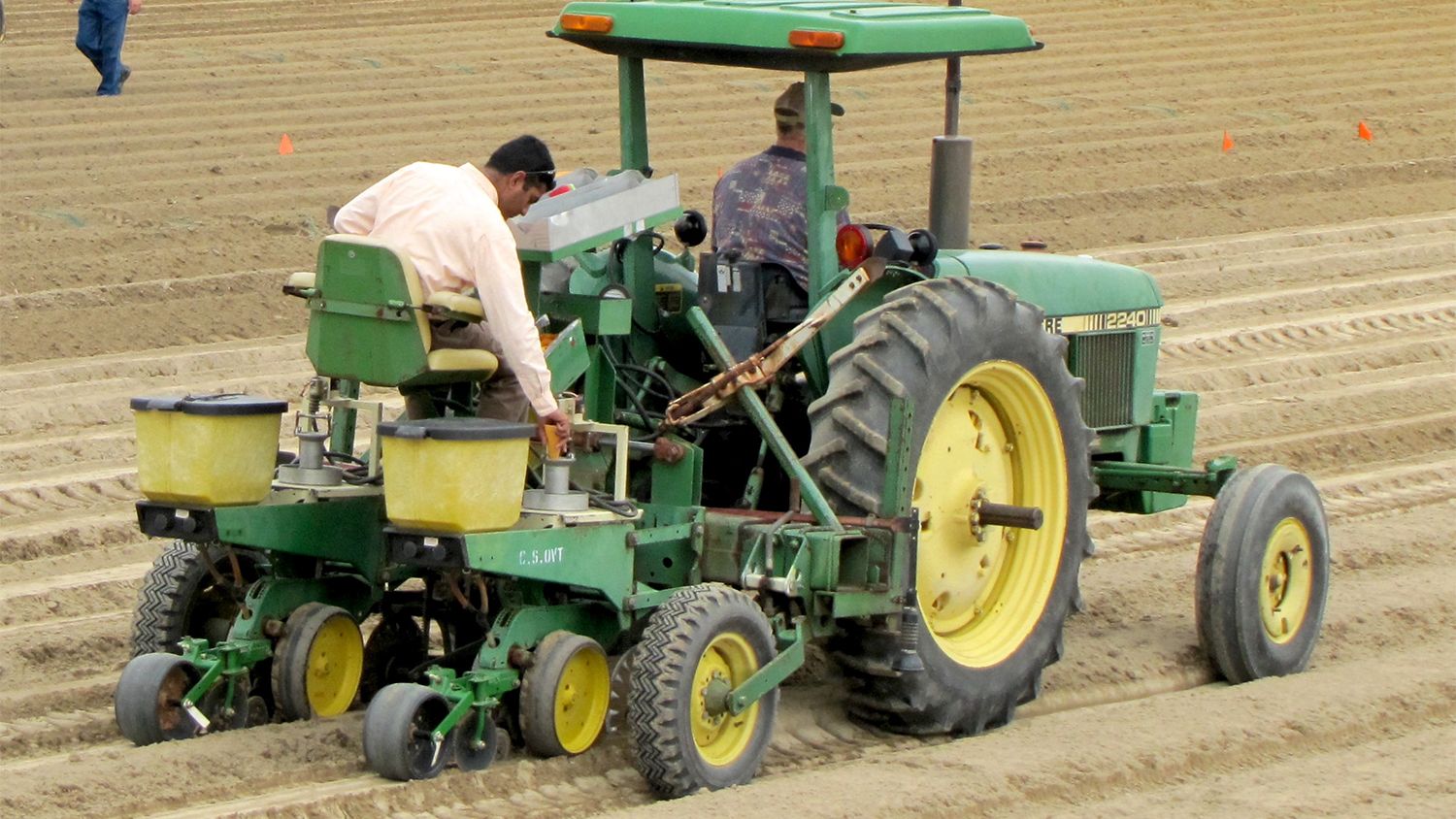
As a versatile natural fiber, cotton remains in national and global demand. Its adaptable multipurpose cellulose is used in numerous apparel, industrial, and agricultural applications. But despite its long history of human cultivation (estimated at 7,000 years), cotton has two distinct, related weaknesses: a high susceptibility to pests and disease and a narrow genetic base. Improving either of these deficiencies benefits the other but demands a command of previously uncharted cotton genetics territory.
For his exceptional contributions to cotton genetics understanding and plant improvement, North Carolina State University Department of Crop and Soil Sciences researcher, Vasu Kuraparthy, received the Cotton Genetics Research Award from the National Cotton Council of America.
Foundational Impact
 Kuraparthy grapples in both the lab and field to illuminate the complex genetic switches that control cotton trait expression. While his findings ultimately benefit cotton farmers, his work primarily refines the shared research knowledge base tapped by other cotton scientists and private breeders to accelerate commercial variety releases.
Kuraparthy grapples in both the lab and field to illuminate the complex genetic switches that control cotton trait expression. While his findings ultimately benefit cotton farmers, his work primarily refines the shared research knowledge base tapped by other cotton scientists and private breeders to accelerate commercial variety releases.
The award highlights the significance of behind-the-scenes research work that benefits cotton growers and industry sustainability.
“A significant amount of our effort is foundational research. We’ve integrated a range of cutting edge technologies to biochemically unravel the code of agronomic genes in cotton including leaf shape and other traits,” Kuraparthy said. “Cultivars with improved genetics and traits will ensure the economic viability of cotton production and maintain the competitiveness of U.S. cotton in international markets.”
Two recent projects are representative of his impact on this valuable but finicky crop.
Can Changing Leaf Shape Improve Plant Productivity?
Cotton producers in humid coastal regions face persistent pest and management problems. However, Kuraptharthy believes a potential solution exists in the structure of the plant’s leaves.
Most commercial varieties sport a wide leaf shape that acts as a photosynthesizing solar panel propelling vigorous boll growth. Cotton’s broad leaf surface area is vital during early growth stages to fuel plant development and limit weeds. But over time, this leafy umbrella restricts light, airflow, and chemical spray penetration, all of which invites trouble.
Kuraparthy’s idea is to breed plants that unfurl progressively narrower ‘okra’ leaves over the crop season – improving flower production and spray efficiency while naturally reducing plant stresses.
This unique plant mutation exists in other plant species, so, his lab has identified the genes controlling cotton leaf shape and is working to potentially learn how to adapt them.
“Cotton cultivars with ideal leaf shape and improved canopy architecture can improve climate resiliency in crops leading to increased farm productivity and enhanced ecological sustainability,” Kuraparthy states.
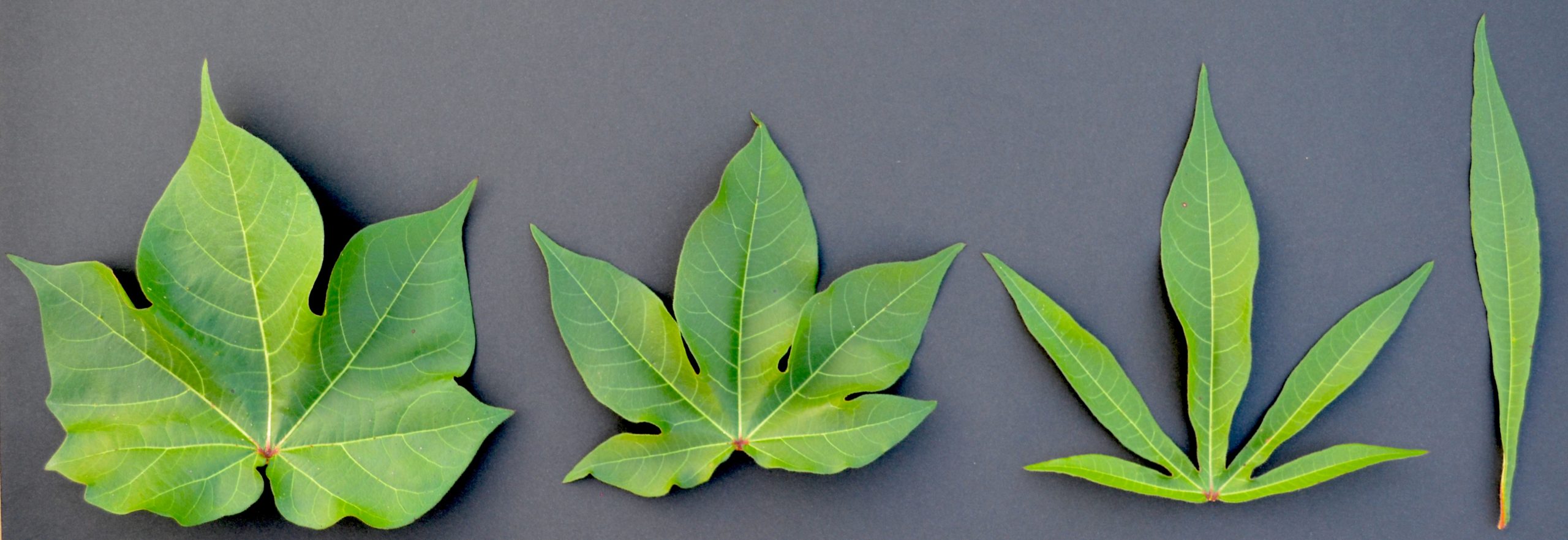
A Genetic Diversity Road Map
The root cause of cotton’s needy management lies in genetic diversity, or its lack thereof. Many of the industry’s commercial varieties are heavily inbred, which can improve performance but limits resilience.
Kuraparthy led a team of researchers across the cotton belt in developing the first-ever cotton genetic diversity and mapping panels to enable cultivar development and fundamental discoveries in cotton. By crossing modern cotton cultivars with genetically diverse historical cottons, they have developed more than 6,000 lines that form the mapping and breeding populations, to mark the genomic location of traits and describe their production value.
Kuraparthy’s team is now working to integrate these resources with innovative genomics and phenotyping technologies such as DNA-based markers that identify the genetic signatures of a multitude of important traits. Some key traits identified include resistance to thrips, bacterial leaf blight, and verticillium wilt. The information and material resources will ultimately be published in the USDA’s germplasm collection and Cottongen database.
“These genetic diversity panels and nested association mapping populations (NAM) represent the broadest set of genetic resources in cotton,” Kuraparthy said. “It is the largest mapping population publicly available in cotton right now. We believe it lays the foundation for basic and applied research including trait and population studies for the next 10-15 years.”
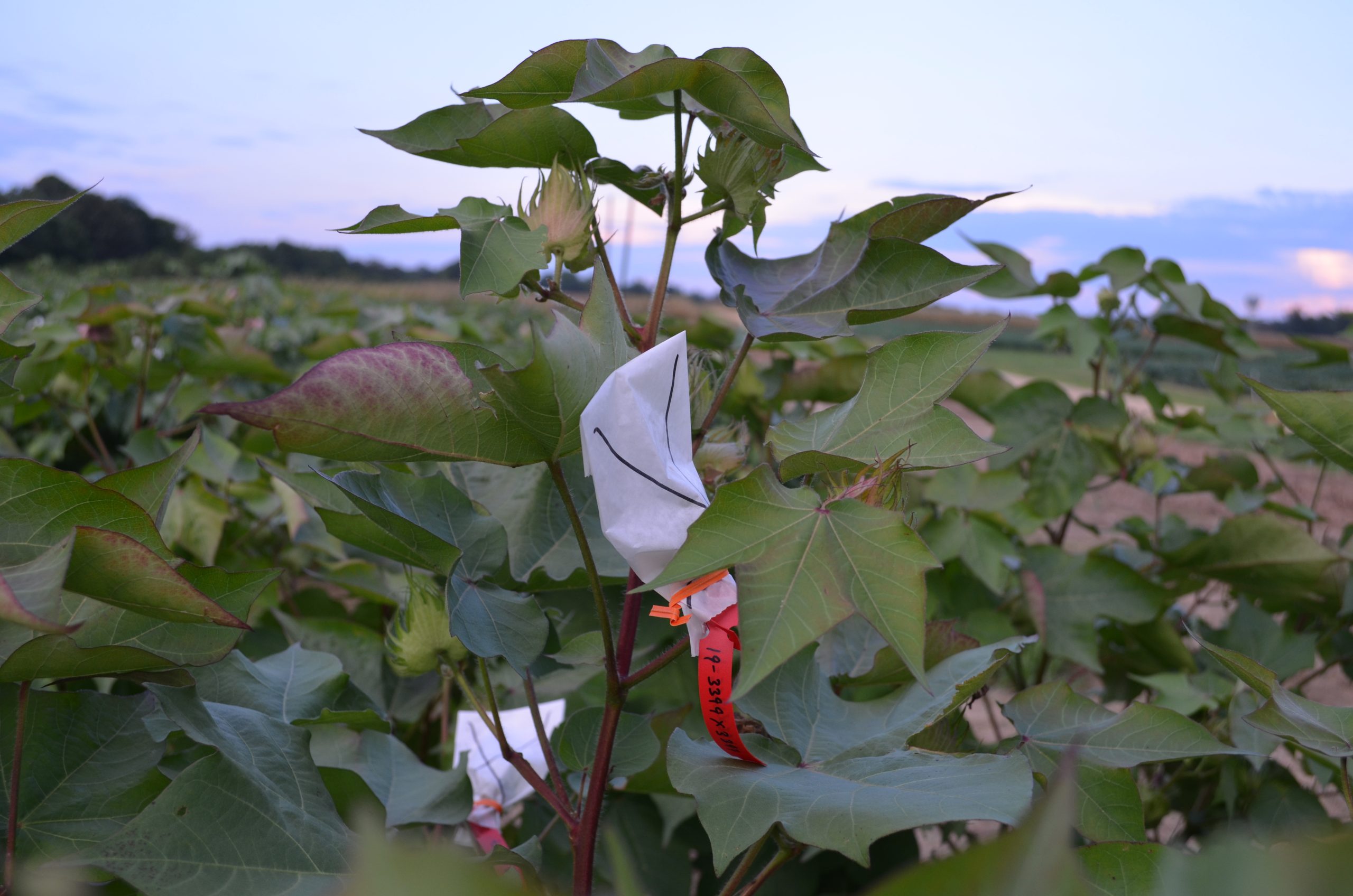
Leadership Leaves a Legacy
While Kuraparthy’s contributions to the future of cotton breeding earned him award recognition, he says his program’s primary goal is developing the next generation of scientists.
“Science is constantly advancing,” Kuraparthy said. “My career may extend another 20 years, but the students and postdocs who are trained in agricultural research and inspired to innovate will continue beyond my career and lifetime. That is the most important impact I can make because agricultural challenges are diverse and long-lasting”.
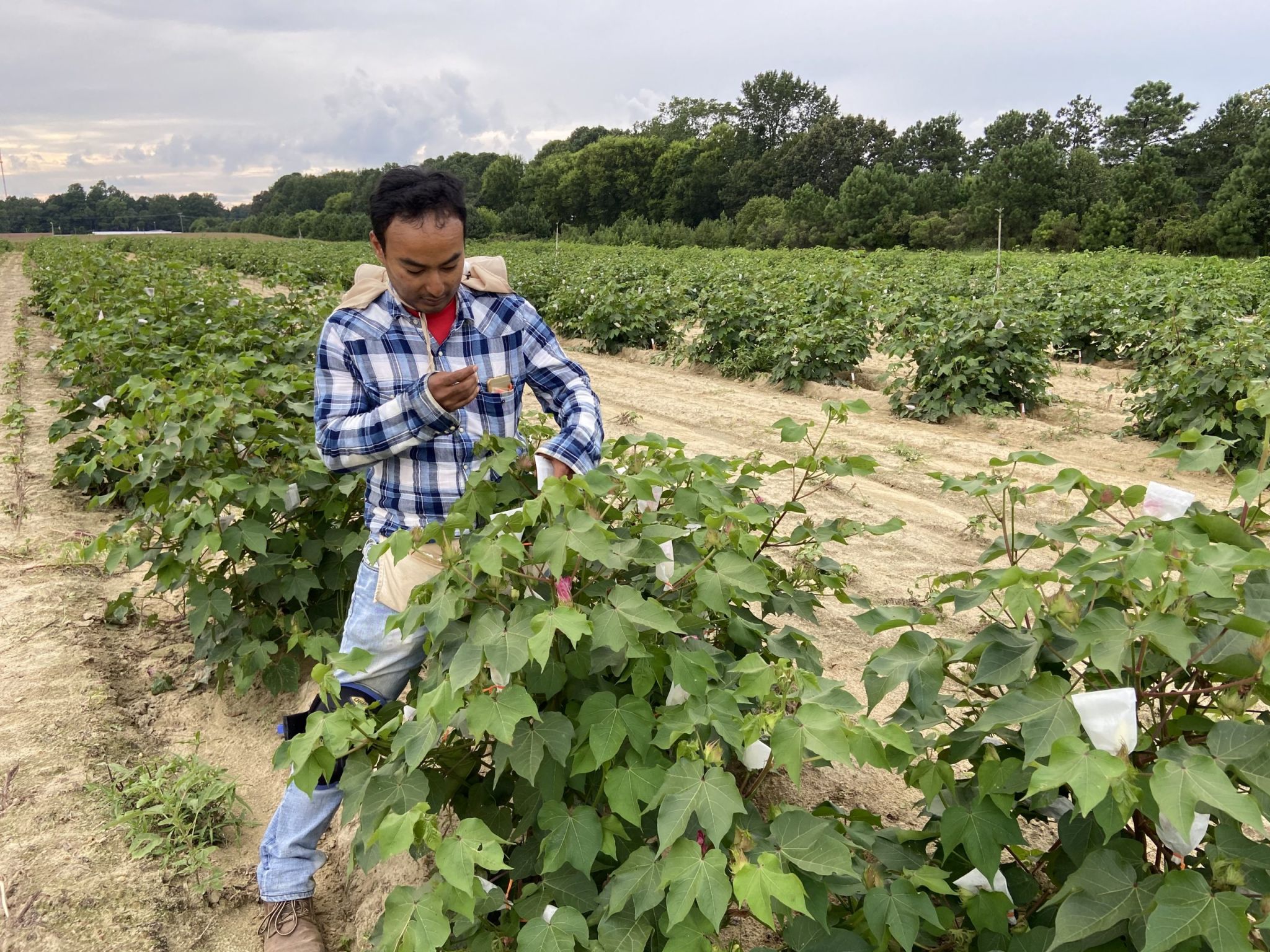
The Cotton Genetics Research Award
The annual Cotton Genetics Research Award was established in 1961 by U.S. commercial cotton breeders to recognize and encourage basic research in cotton genetics, cytogenetics and breeding. It is administered by the Joint Cotton Breeding Committee consisting of representatives of the National Cotton Council, the USDA, state experiment stations, Cotton Incorporated and commercial breeders.
It is the only national award conferred by the cotton industry for scientists focusing their efforts on cotton genetic improvement. It signifies demonstrated efforts benefiting the diverse stakeholders’ needs and expectations in cotton using genetics and breeding approaches.
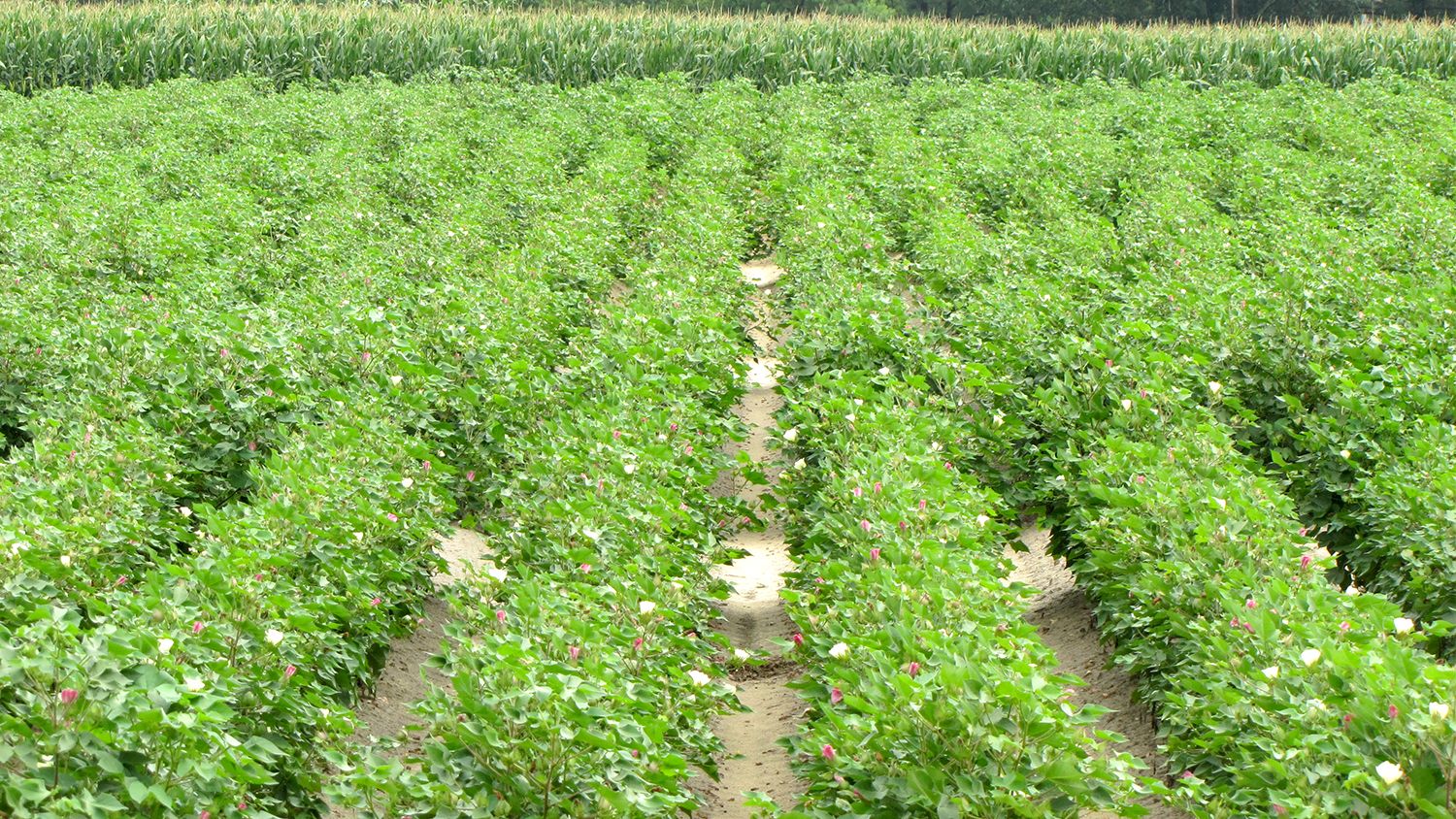
Kuraparthy was honored by the recognition.
“This award is a testament to the hard work of my program team, talented colleagues at NC State and other collaborators. I thoroughly appreciate the ongoing support from Cotton Inc. and the NC Cotton Improvement Association, which helped develop a world-class cotton genetics & breeding program at NC State,” Kurparthy said.
“And I am inspired to continue the great momentum in cotton research. With the availability of new genetic resources, breeding tools, and technologies, this is an exciting time to be working in cotton genetics and breeding research to broaden the impact in US agriculture.”
A Keystone Crop
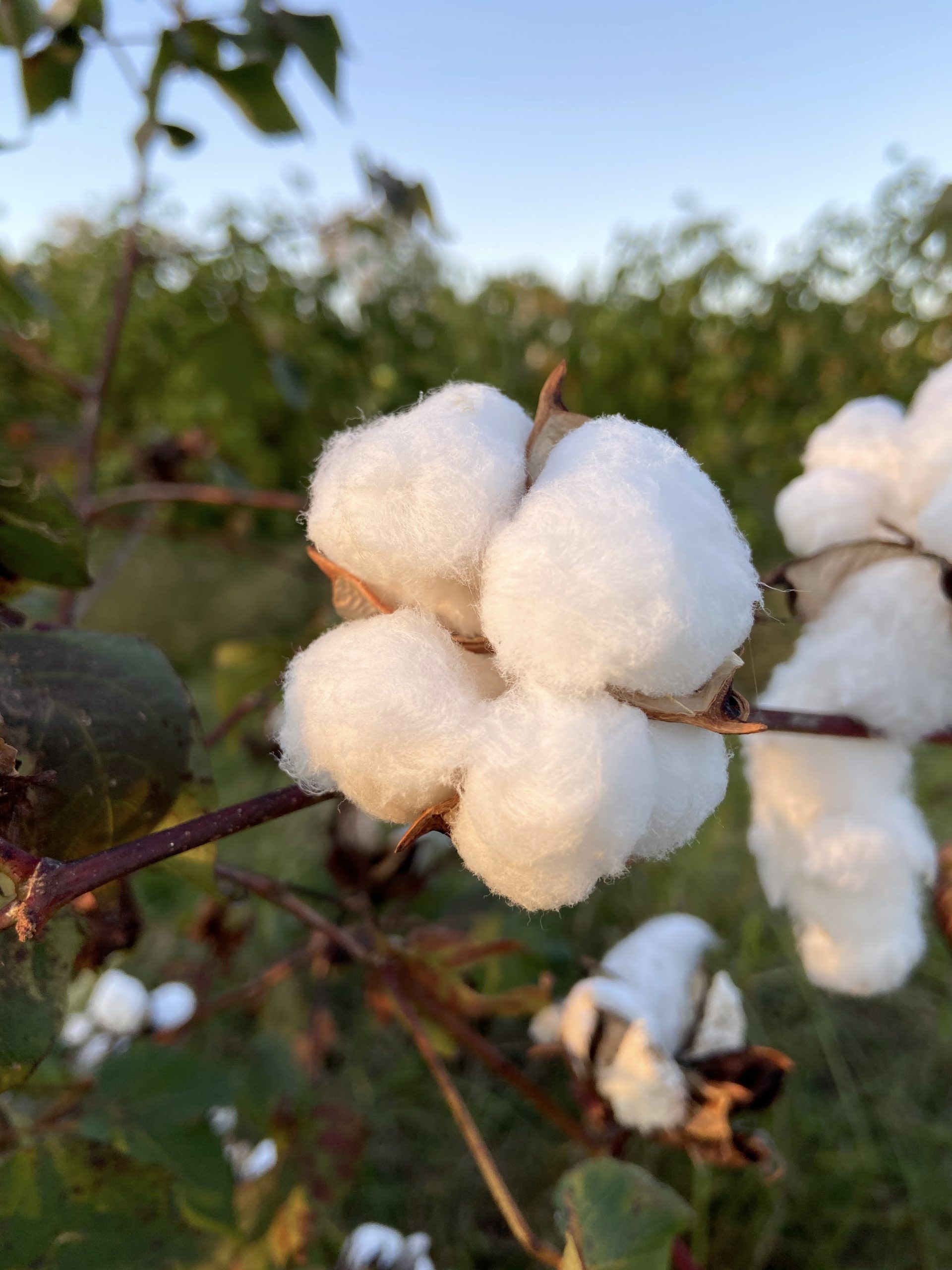
North Carolina ranks sixth nationally in cotton production. Improving the crop’s management and profitability could undoubtedly improve that statistic.
Cotton is one of seven crop breeding programs in the university’s crop and soil sciences department. Jeff Mullahey is the department head.
“Research discoveries from Dr. Kuraparthy’s innovative approaches in his cotton genetics and breeding program directly benefit cotton farmers through varieties with improved pest resistance, higher yields, and improved fiber yield and quality,” Mullahey said. “His cultivar development program will lead to a reduction in the use of pesticides and other chemical inputs translating into increased farm income and enhanced ecological sustainability.”
Want More Award-Winning Innovation?
Crop and Soil Sciences’ renowned faculty impact students, businesses, and citizens everywhere crops grow. Follow how our innovations affect agriculture and environmental science by joining our weekly newsfeed.
If you are a student interested in crop science, investigate our undergraduate and graduate degree programs. Then join us for a guided email tour of our department and university.
Improving NC’s agricultural and environmental foundation from the ground up is just part of how we are growing the future.
